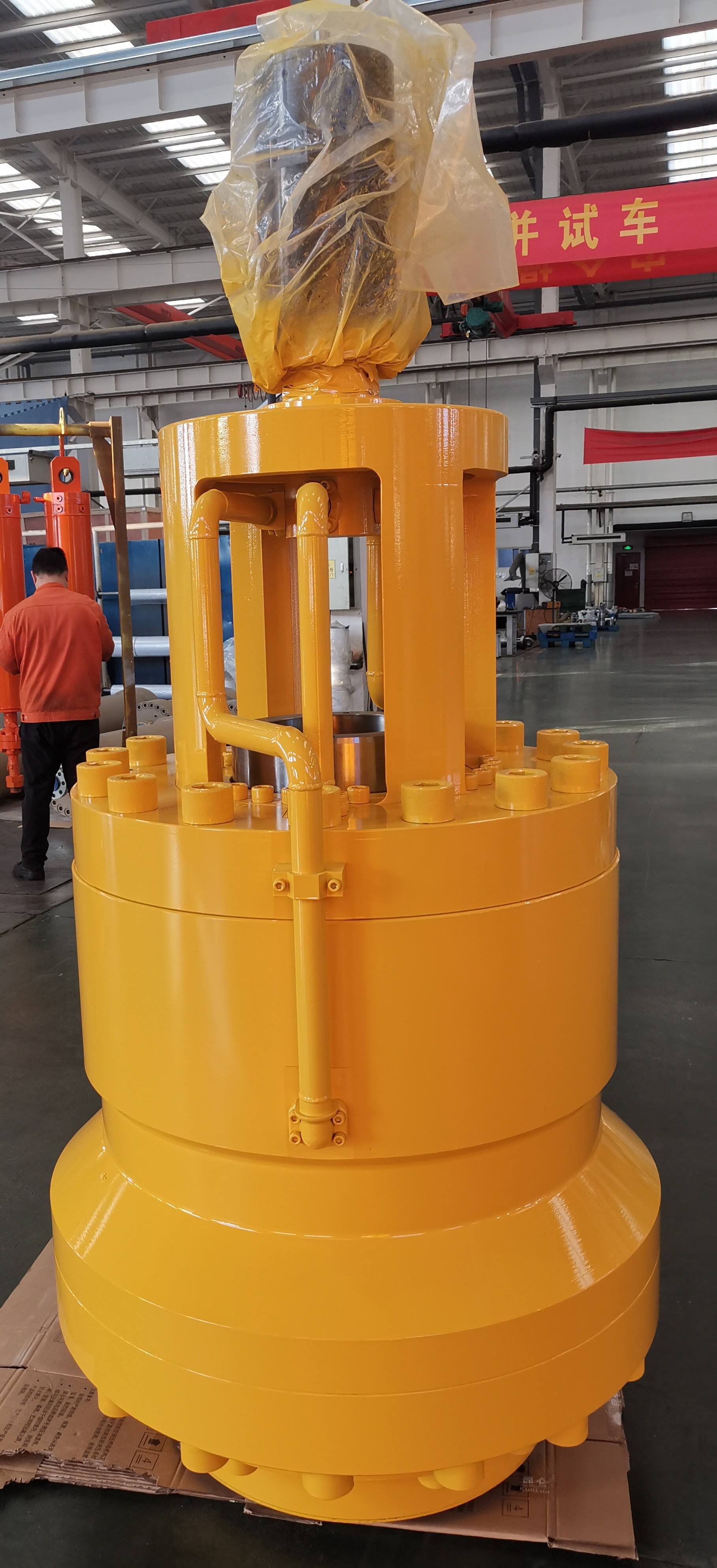Pre-Installation Preparation for Rotary Cylinders
Selecting Compatible Hydraulic Power Units and Packs
To successfully install rotary cylinders, begin by understanding the specifications of the rotary cylinder, including the required pressure and flow rate, to select a suitable hydraulic power unit (HPU). These specifications are essential as they guide in choosing a hydraulic power unit that can deliver the necessary power for efficient operation. Furthermore, it’s crucial to consider compatibility factors such as size and connectivity, including ports and hoses, to ensure easy integration with the existing system. Efficiency in power usage is another important factor to consider; an energy-efficient hydraulic power pack not only reduces operational costs but also maintains system performance. Lastly, always consult the manufacturers’ guidelines to confirm that the chosen hydraulic power pack meets the operational demands of the rotary cylinder. This ensures that the entire system functions optimally and prolongs the lifespan of the equipment.
Workspace Preparation and Safety Protocols
Preparing the workspace is a vital step in ensuring the safe installation of rotary cylinders. Begin by clearing the installation zone of any obstacles and clutter, thus creating a safe working environment that facilitates easy accessibility to tools and equipment. Implementing safety protocols is equally important; ensure that all team members are equipped with personal protective equipment (PPE), such as gloves and helmets, to shield against potential accidents. It's also crucial to store all hydraulic fluids correctly to prevent any hazards associated with leaks or spills. Additionally, establishing a communication plan among team members is key during installation. This plan allows for swift communication, helps mitigate risks, and fosters coordinated efforts to ensure the installation process proceeds smoothly and safely. By prioritizing these measures, teams can enhance both safety and efficiency in hydraulic system installations.
Step-by-Step Rotary Cylinder Mounting Process
Alignment Techniques for Hydraulic Cylinder Installation
Achieving precise alignment during the hydraulic cylinder installation is fundamental to ensuring efficient operation and longevity of the system. I always start by using laser alignment tools or measuring instruments to position the rotary cylinder accurately. These tools help align the cylinder according to the hydraulic system's specifications, minimizing the risk of operational issues post-installation. Once the alignment is verified, I diligently document each check and adjustment made. This documentation not only ensures compliance but also aids in future inspections, providing a reference point for maintaining system integrity.
Securing Connections to Hydraulic Power Sources
Securing connections effectively is crucial for preventing leaks and ensuring a robust hydraulic system. I adhere to the manufacturer’s guidelines meticulously when securing these connections, paying close attention to the use of appropriate fittings and torque specifications. When connecting hoses to the rotary cylinder and the hydraulic power unit, precision is key. I also conduct a thorough preliminary inspection to confirm that all connections are airtight and fully seated prior to initiating system testing. This inspection helps to identify any potential issues, providing peace of mind that the hydraulic power source will operate flawlessly with the rotary cylinder installation.
Debugging and Performance Optimization
Pressure Testing and Leak Detection Methods
To ensure optimal hydraulic system performance, it's crucial to conduct comprehensive pressure testing. This process involves verifying that the system operates within the designed specifications, effectively handling the expected loads and stresses. Pressure testing helps identify any deviations that might indicate potential issues. Furthermore, utilizing leak detection solutions, such as bubble solutions or electronic testing equipment, is essential for identifying any leaks in the system. These methods provide accurate and efficient ways to pinpoint leak sources, allowing for swift corrections. Maintaining a record of pressure test results and leak checks reinforces maintenance protocols, ensuring the system remains robust and reliable over time.
Calibrating Motion with Hydraulic Lift Systems
Calibrating motion within hydraulic lift systems is vital for ensuring seamless integration and synchronized operation of the rotary cylinder with other hydraulic components. This process involves adjusting flow rates and pressure settings on the hydraulic unit to achieve desired performance metrics. Monitoring response times during operation is necessary to ensure calibration meets industry standards for productivity, thereby optimizing system efficiency. Consistent documentation of calibration settings and adjustments enables easy reference for future inspections and maintenance activities, promoting long-term performance and minimizing downtime.
Compliance with Hydraulic System Standards
ISO Standards for Rotary Cylinder Installation
Ensuring alignment with ISO standards when installing rotary cylinders is critical for operational success and safety. Begin by reviewing the relevant ISO standards that pertain to rotary cylinder installation. These standards serve as a blueprint for aligning practices with global best practices in hydraulic systems. It's vital that the materials used during installation meet ISO specifications to ensure enhanced safety and performance. Regular audits should be considered to assess compliance, which not only upholds industry standards but also improves the operational credibility of your hydraulic systems. This proactive approach can prevent costly mistakes by ensuring that all components are installed and function within the specified guidelines.
Ensuring Safety in Hydraulic Power Unit Integration
Integrating hydraulic power units with rotary cylinder systems requires a comprehensive safety approach. Start with a thorough risk assessment to identify and address any potential hazards before integration. By following safety regulations specific to hydraulic systems, you mitigate risks and increase the reliability of operations. Moreover, regular training and updates should be provided for personnel to ensure everyone is versed in compliance and safety measures. Creating a culture of safety within your organization is crucial, as it reinforces the importance of adhering to safety protocols and encourages continuous improvement in operational practices.


